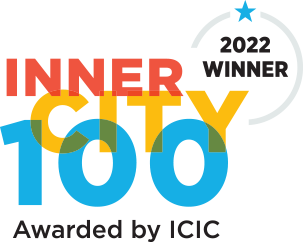Latest News
InGroup BlogFor effective public involvement, keep your eye on the goal
Successful stakeholder outreach and engagement is critical to the success of any project, including transportation and infrastructure projects with their broad-based impacts on communities. A critical first step in developing a Public Involvement Plan (PIP) is to set...
FRA Grant Funding Helps Trains Move Closer to Safety Benefits of PTC
The USDOT’s Federal Railroad Administration (FRA) is accepting applications from railroads, suppliers, and state and local governments for $25 million in competitive grant funding for implementation of Positive Train Control (PTC). Touted by transportation experts as...
NJ Residents Balk at Proposed Gas Tax Hike
The majority of New Jersey residents surveyed in a recent Rutgers-Eagleton Poll are against a proposed increase in the state’s gas tax. A gas tax hike has been cited by NJ Governor Chris Christie as a possible funding source for the state’s ailing Transportation Trust...
Earth Day Will Be (Partially) Car-Free in NYC
Councilman Ydanis Rodriguez, head of New York City’s Transportation Committee, called for a car-free zone on Earth Day, April 22, 2016, extending from the Flatiron Building at East 23rd Street to Union Square at East 17th Street. Councilman Rodriguez hopes the move is...
New Ferry Service Will Give New Yorkers Another Transportation Option
Citywide Ferry Service, which will connect 21 landings across the city, is slated to debut in 2017. Costing the price of a single subway ride, the new ferry service will be operated by Hornblower and is designed to provide an additional transportation choice for...
When to Hold a Charrette
Issue resolution is an important part of the process for virtually any transportation project. To avoid having an issue or challenge derail or inordinately delay project progress, many planners hold a charette—a meeting focused soley on resolving a specific problem...
Gaining Community Insights
Getting to know the various constituencies within a project area is a critical early step in developing a Public Involvement Plan for a transportation project. One method that can help in this effort is the key person interview, in which agency staff meets with an...
Make Sure Your PIP Performs
A Public Involvement Plan (PIP) for transportation projects is a living document. Agencies need to revisit the plan regularly to ensure it is achieving the desired goals for public outreach and engagement. Some key metrics that can help in making this evaluation: Are...
Identifying Stakeholders Is Just a First Step
To maximize public involvement and help create consensus for transportation projects, planners must make a concerted effort to learn the communication needs and preferences of each stakeholder group or community within the project area and align outreach methods with...
Developing a Public Involvement Plan
Agencies use a comprehensive Public Involvement Plan (PIP) to guide their public outreach efforts for transportation projects. The PIP identifies stakeholders and the methods that will be used to engage and secure their input. A good strategy is to focus outreach...


